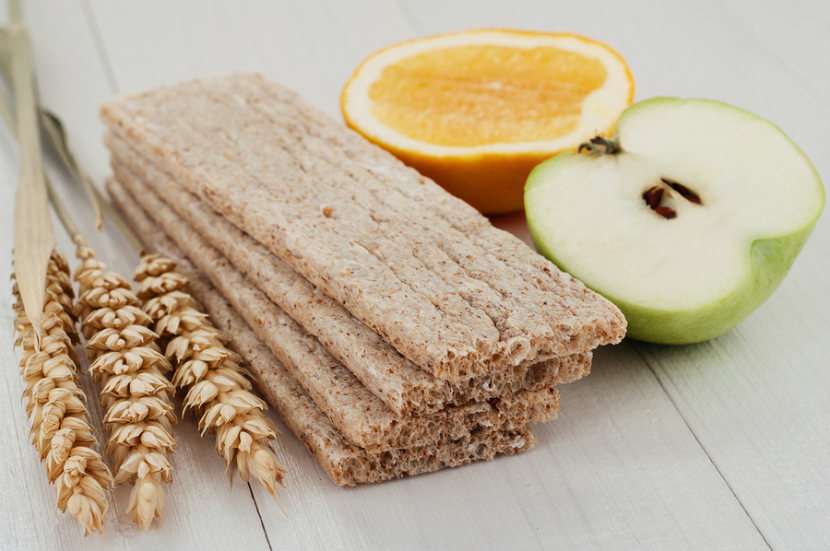
If you have Type 2 diabetes or are at risk for developing it, eating fibre-rich foods can help you control your blood glucose levels and keep you feeling your best. Read on to learn more about the benefits of fibre and how to make it part of your healthy diet.
What are the benefits of fibre?
Fibre helps keep you regular and reduces constipation, but it is also has other benefits. Fibre can help you:
-
Control your blood glucose levels
-
Lower your blood cholesterol levels, which also lowers your risk of diabetes and heart disease
-
Achieve and maintain a healthy weight, which lowers your risk of diabetes
-
Feel fuller longer
-
Promote your heart health
-
Lower your risk of some types of cancer
Foods with soluble fibre are especially helpful. These foods help slow the glucose being absorbed into your blood. Soluble fibre is found in foods like oats, legumes (beans, peas and lentils), barley, eggplant and okra.
How much fibre do I need?
Women:
-
Aged 19-50 need at least 25 grams of fibre per day
-
Aged 51 and up need at least 21 grams of fibre per day
Men:
-
Aged 19-50 need at least 38 grams of fibre per day
-
Aged 51 and up need at least 30 grams of fibre per day
The Canadian Diabetes Association recommends that people with diabetes have 25 to 50 grams of fibre per day.
How can I add more fibre to my diet?
You can increase the fibre in your diet by choosing more:
Tip: Slowly add more fibre to your diet. Drink enough fluids, especially water, to help prevent gas and bloating.
Try these tips to boost your fibre
Vegetables and Fruit
-
Choose whole vegetables and fruits instead of juice.
-
Add a small salad to your lunch or dinner meal.
-
Bring cut up vegetables and low fat dip as a snack at work or school.
-
Add fresh berries or dried fruit to your favourite yogurt or cereal.
-
Have a fruit salad with low fat dip as a dessert.
Grains
-
Start your day with a high fibre cereal that has 4 grams of fibre per serving.
-
Use whole wheat pasta or brown rice instead of white pasta or white rice for dinner.
-
Substitute whole grain wheat, teff or sorghum flour in place of white flour when baking bread, muffins, chapati, naan or roti.
Tip: When reading food labels, look for breads, bagels, English muffins, pitas, tortillas and wraps with 2 to 4 grams of fibre per serving on the Nutrition Label. Learn more about reading food labels by watching these videos.
Legumes
-
Add lentils or beans to soups, casseroles and salads.
-
Spread hummus on whole grain flat bread, naan or roti.
-
Add soybeans to soups, stir-fry dishes and casseroles.
-
Serve dahl, sambhar, rasam and sundal with lentils and beans.
Nuts and Seeds
-
Mix together unsalted almonds, sunflower seeds and pine nuts and have a ¼ cup as a snack.
-
Add unsalted hazelnuts or dried unsweetened coconut to baked muffins.
-
Add ground flaxseeds to cereal, porridge, roti or tortilla dough or dahl.
Click here for more tasty meal and snack ideas.
You may also be interested in:
Focus on Fibre
Getting more fibre
Fill up on Fibre: Meal and Snack Ideas
Last Update – May 10, 2018